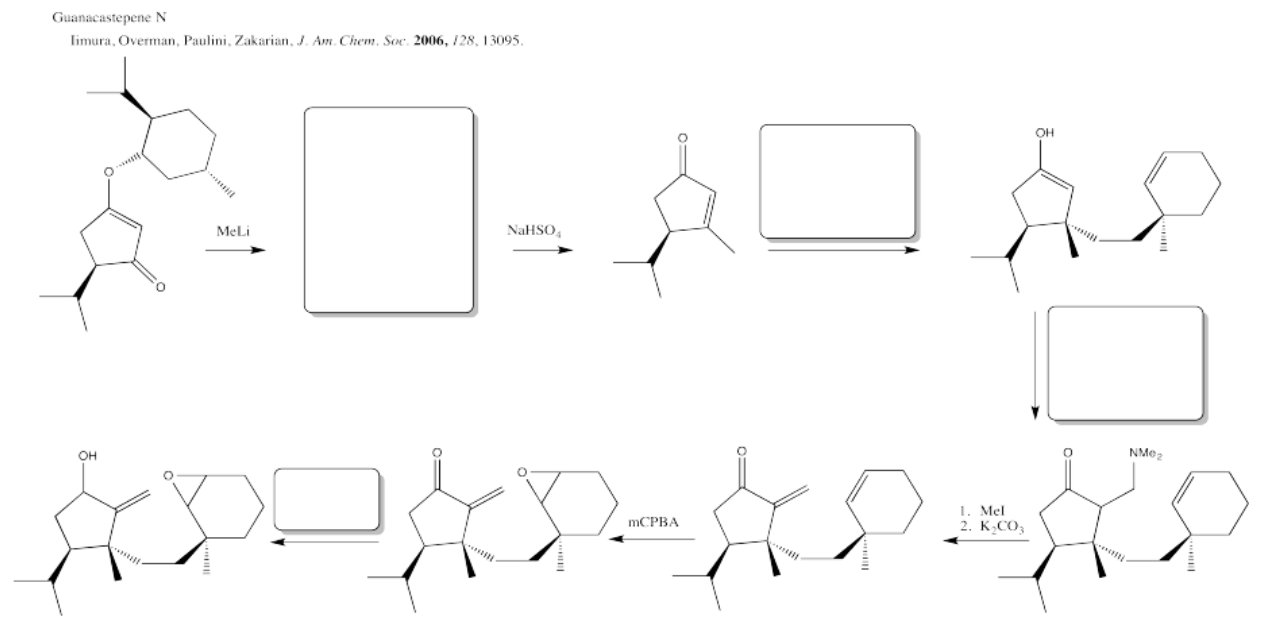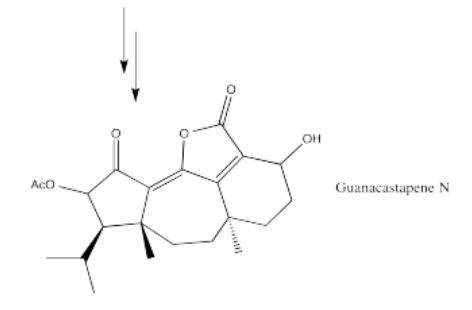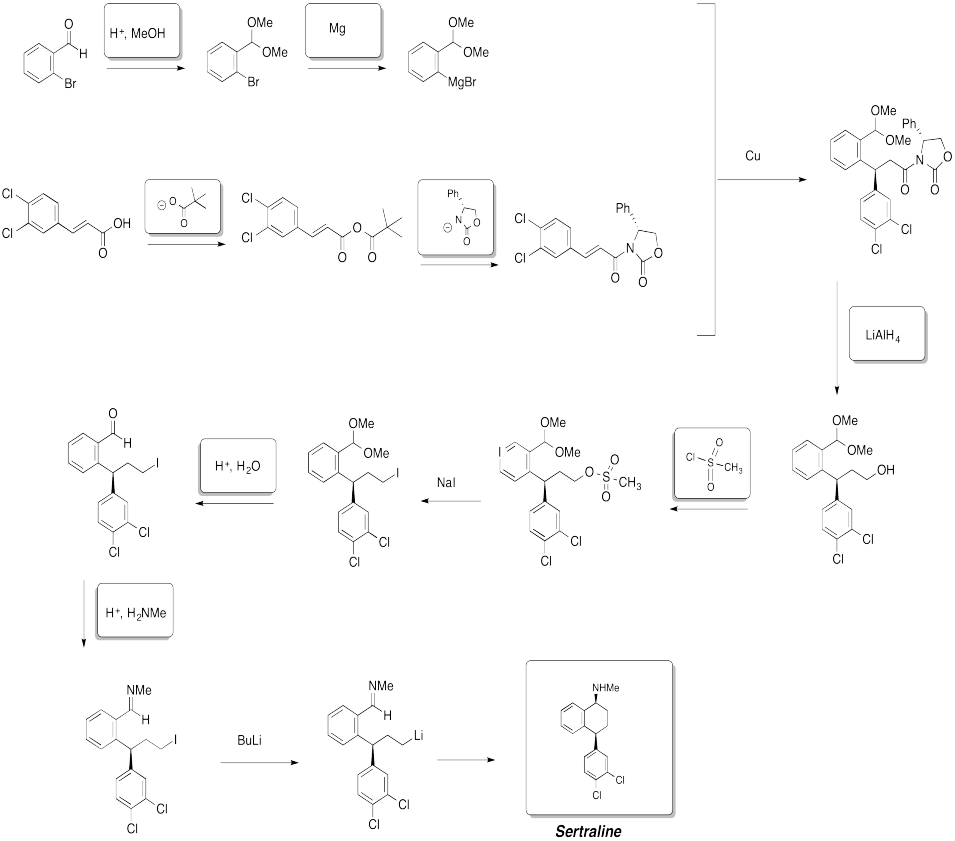5.3: Additional Problems
- Page ID
- 199685
\( \newcommand{\vecs}[1]{\overset { \scriptstyle \rightharpoonup} {\mathbf{#1}} } \)
\( \newcommand{\vecd}[1]{\overset{-\!-\!\rightharpoonup}{\vphantom{a}\smash {#1}}} \)
\( \newcommand{\id}{\mathrm{id}}\) \( \newcommand{\Span}{\mathrm{span}}\)
( \newcommand{\kernel}{\mathrm{null}\,}\) \( \newcommand{\range}{\mathrm{range}\,}\)
\( \newcommand{\RealPart}{\mathrm{Re}}\) \( \newcommand{\ImaginaryPart}{\mathrm{Im}}\)
\( \newcommand{\Argument}{\mathrm{Arg}}\) \( \newcommand{\norm}[1]{\| #1 \|}\)
\( \newcommand{\inner}[2]{\langle #1, #2 \rangle}\)
\( \newcommand{\Span}{\mathrm{span}}\)
\( \newcommand{\id}{\mathrm{id}}\)
\( \newcommand{\Span}{\mathrm{span}}\)
\( \newcommand{\kernel}{\mathrm{null}\,}\)
\( \newcommand{\range}{\mathrm{range}\,}\)
\( \newcommand{\RealPart}{\mathrm{Re}}\)
\( \newcommand{\ImaginaryPart}{\mathrm{Im}}\)
\( \newcommand{\Argument}{\mathrm{Arg}}\)
\( \newcommand{\norm}[1]{\| #1 \|}\)
\( \newcommand{\inner}[2]{\langle #1, #2 \rangle}\)
\( \newcommand{\Span}{\mathrm{span}}\) \( \newcommand{\AA}{\unicode[.8,0]{x212B}}\)
\( \newcommand{\vectorA}[1]{\vec{#1}} % arrow\)
\( \newcommand{\vectorAt}[1]{\vec{\text{#1}}} % arrow\)
\( \newcommand{\vectorB}[1]{\overset { \scriptstyle \rightharpoonup} {\mathbf{#1}} } \)
\( \newcommand{\vectorC}[1]{\textbf{#1}} \)
\( \newcommand{\vectorD}[1]{\overrightarrow{#1}} \)
\( \newcommand{\vectorDt}[1]{\overrightarrow{\text{#1}}} \)
\( \newcommand{\vectE}[1]{\overset{-\!-\!\rightharpoonup}{\vphantom{a}\smash{\mathbf {#1}}}} \)
\( \newcommand{\vecs}[1]{\overset { \scriptstyle \rightharpoonup} {\mathbf{#1}} } \)
\( \newcommand{\vecd}[1]{\overset{-\!-\!\rightharpoonup}{\vphantom{a}\smash {#1}}} \)
\(\newcommand{\avec}{\mathbf a}\) \(\newcommand{\bvec}{\mathbf b}\) \(\newcommand{\cvec}{\mathbf c}\) \(\newcommand{\dvec}{\mathbf d}\) \(\newcommand{\dtil}{\widetilde{\mathbf d}}\) \(\newcommand{\evec}{\mathbf e}\) \(\newcommand{\fvec}{\mathbf f}\) \(\newcommand{\nvec}{\mathbf n}\) \(\newcommand{\pvec}{\mathbf p}\) \(\newcommand{\qvec}{\mathbf q}\) \(\newcommand{\svec}{\mathbf s}\) \(\newcommand{\tvec}{\mathbf t}\) \(\newcommand{\uvec}{\mathbf u}\) \(\newcommand{\vvec}{\mathbf v}\) \(\newcommand{\wvec}{\mathbf w}\) \(\newcommand{\xvec}{\mathbf x}\) \(\newcommand{\yvec}{\mathbf y}\) \(\newcommand{\zvec}{\mathbf z}\) \(\newcommand{\rvec}{\mathbf r}\) \(\newcommand{\mvec}{\mathbf m}\) \(\newcommand{\zerovec}{\mathbf 0}\) \(\newcommand{\onevec}{\mathbf 1}\) \(\newcommand{\real}{\mathbb R}\) \(\newcommand{\twovec}[2]{\left[\begin{array}{r}#1 \\ #2 \end{array}\right]}\) \(\newcommand{\ctwovec}[2]{\left[\begin{array}{c}#1 \\ #2 \end{array}\right]}\) \(\newcommand{\threevec}[3]{\left[\begin{array}{r}#1 \\ #2 \\ #3 \end{array}\right]}\) \(\newcommand{\cthreevec}[3]{\left[\begin{array}{c}#1 \\ #2 \\ #3 \end{array}\right]}\) \(\newcommand{\fourvec}[4]{\left[\begin{array}{r}#1 \\ #2 \\ #3 \\ #4 \end{array}\right]}\) \(\newcommand{\cfourvec}[4]{\left[\begin{array}{c}#1 \\ #2 \\ #3 \\ #4 \end{array}\right]}\) \(\newcommand{\fivevec}[5]{\left[\begin{array}{r}#1 \\ #2 \\ #3 \\ #4 \\ #5 \\ \end{array}\right]}\) \(\newcommand{\cfivevec}[5]{\left[\begin{array}{c}#1 \\ #2 \\ #3 \\ #4 \\ #5 \\ \end{array}\right]}\) \(\newcommand{\mattwo}[4]{\left[\begin{array}{rr}#1 \amp #2 \\ #3 \amp #4 \\ \end{array}\right]}\) \(\newcommand{\laspan}[1]{\text{Span}\{#1\}}\) \(\newcommand{\bcal}{\cal B}\) \(\newcommand{\ccal}{\cal C}\) \(\newcommand{\scal}{\cal S}\) \(\newcommand{\wcal}{\cal W}\) \(\newcommand{\ecal}{\cal E}\) \(\newcommand{\coords}[2]{\left\{#1\right\}_{#2}}\) \(\newcommand{\gray}[1]{\color{gray}{#1}}\) \(\newcommand{\lgray}[1]{\color{lightgray}{#1}}\) \(\newcommand{\rank}{\operatorname{rank}}\) \(\newcommand{\row}{\text{Row}}\) \(\newcommand{\col}{\text{Col}}\) \(\renewcommand{\row}{\text{Row}}\) \(\newcommand{\nul}{\text{Nul}}\) \(\newcommand{\var}{\text{Var}}\) \(\newcommand{\corr}{\text{corr}}\) \(\newcommand{\len}[1]{\left|#1\right|}\) \(\newcommand{\bbar}{\overline{\bvec}}\) \(\newcommand{\bhat}{\widehat{\bvec}}\) \(\newcommand{\bperp}{\bvec^\perp}\) \(\newcommand{\xhat}{\widehat{\xvec}}\) \(\newcommand{\vhat}{\widehat{\vvec}}\) \(\newcommand{\uhat}{\widehat{\uvec}}\) \(\newcommand{\what}{\widehat{\wvec}}\) \(\newcommand{\Sighat}{\widehat{\Sigma}}\) \(\newcommand{\lt}{<}\) \(\newcommand{\gt}{>}\) \(\newcommand{\amp}{&}\) \(\definecolor{fillinmathshade}{gray}{0.9}\)Exercise \(\PageIndex{1}\)
Fill in the blanks in the following syntheses.

- Answer
-

Exercise \(\PageIndex{2}\)
Fill in the blanks in the following synthesis involving anionic nucleophilic addition to carbonyl and nucleophilic substitution at carboxyl.


Answer-

Exercise \(\PageIndex{3}\)
Fill in the blanks in the following synthesis involving anionic nucleophilic addition to carbonyl and nucleophilic substitution at carboxyl.

Answer-

Exercise \(\PageIndex{4}\)
Fill in the blanks in the following synthesis involving anionic nucleophilic addition to carbonyl and nucleophilic substitution at carboxyl (including Wittig and aldol reactions).


Answer-

Exercise \(\PageIndex{5}\)
Fill in the blanks in the following synthesis involving nucleophilic substitution at carboxyl.



Answer-

Exercise \(\PageIndex{6}\)
Fill in the blanks in the following synthesis involving anionic nucleophilic addition to carbonyl, nucleophilic substitution at carboxyl and conjugate addition.





Answer-

Exercise \(\PageIndex{7}\)
Fill in the blanks in the following synthesis involving anionic nucleophilic addition to carbonyl, conjugate addition and nucleophilic substitution at carboxyl.


Answer-

Exercise \(\PageIndex{8}\)
Fill in the blanks in the following synthesis involving anionic nucleophilic addition to carbonyl, nucleophilic substitution at carboxyl and neutral nucleophilic addition to carbonyl.

Answer-

Exercise \(\PageIndex{9}\)
Fill in the blanks in the following synthesis involving anionic nucleophilic addition to carbonyl/em>, conjugate addition, nucleophilic substitution at carboxyl and transition metal-catalysed coupling.



Answer-

Exercise \(\PageIndex{10}\)
Fill in the blanks in the following synthesis involving anionic nucleophilic addition to carbonyl, conjugate addition, nucleophilic substitution at carboxyl and transition metal-catalysed coupling.

Answer-

Exercise \(\PageIndex{11}\)
Fill in the blanks in the following synthesis involving anionic nucleophilic addition to carbonyl, conjugate addition, nucleophilic substitution at carboxyl, transition metal-catalysed coupling and neutral nucleophilic addition to carbonyl.

Answer-

Exercise \(\PageIndex{12}\)
Fill in the blanks in the following synthesis involving anionic nucleophilic addition to carbonyl, conjugate addition, nucleophilic substitution at carboxyl, transition metal-catalysed coupling and neutral nucleophilic addition to carbonyl.

Answer-

Exercise \(\PageIndex{13}\)
Fill in the blanks in the following synthesis involving anionic nucleophilic addition to carbonyl, conjugate addition, nucleophilic substitution at carboxyl, transition metal-catalysed coupling and neutral nucleophilic addition to carbonyl.


Answer-

Exercise \(\PageIndex{14}\)
Fill in the blanks. Requires knowledge of formation of esters and amides as well as Wittig or Horner-Wadworth-Emmons reactions.


Answer-

Exercise \(\PageIndex{15}\)
In each case, analyse whether the starting material is a nucleophile or electrophile. Fill in the product in part (c). This question requires knowledge of carbonyl conjugate addition.
These strategies are used in Fukumoto's synthesis of atisine (below).
- Answer
-

Exercise \(\PageIndex{16}\)
Fill in the blanks in the following synthesis of atisine (Keiichiro Fukumoto, Tohoku University). Atisine is a natural product of Aconitum sp., the family of poisonous plants that includes wolfsbane.
Requires knowledge of conjugate addition / Michael reaction, ester reductions, formation of esters and amides, and Wittig or Horner-Wadworth-Emmons reactions.


Answer-



